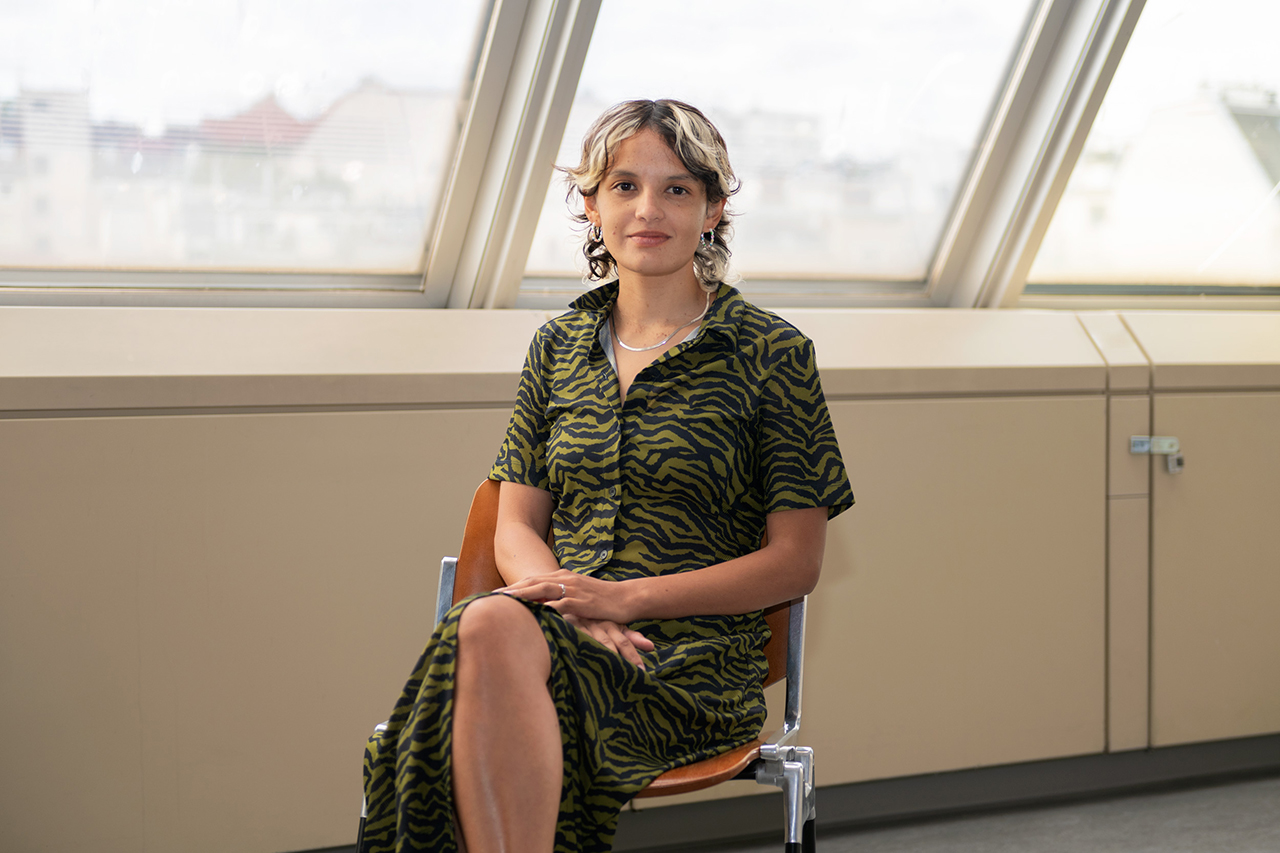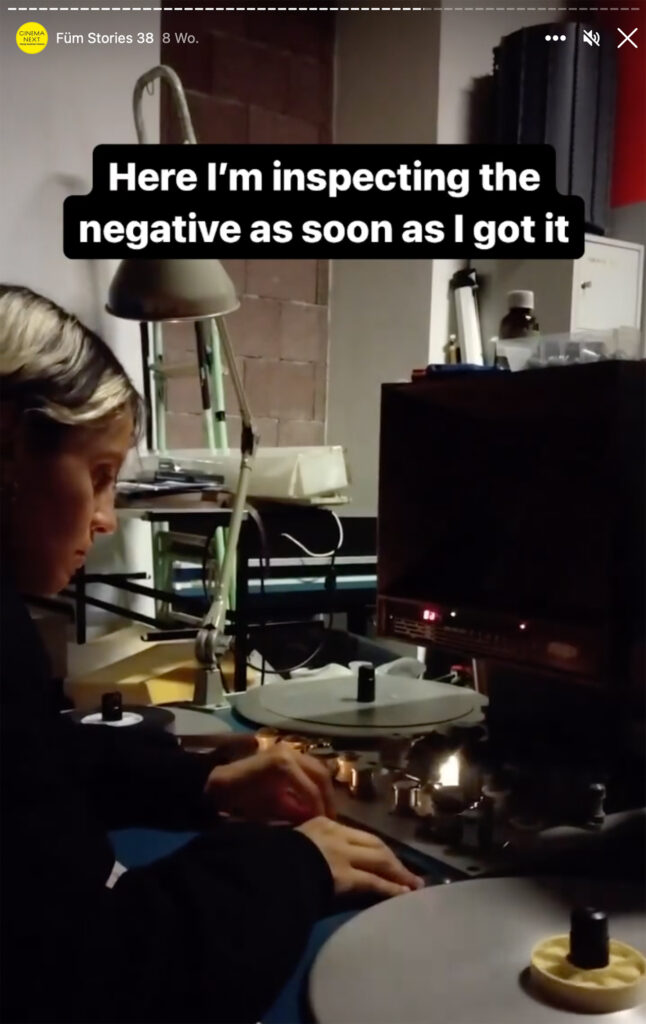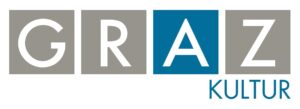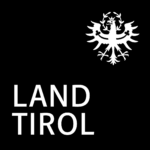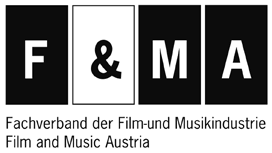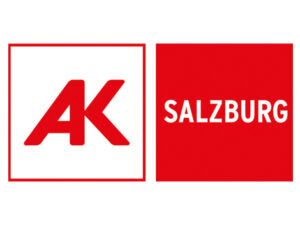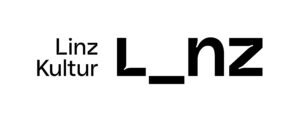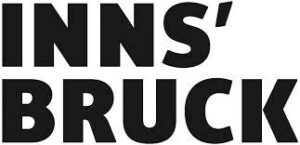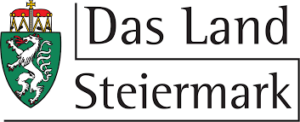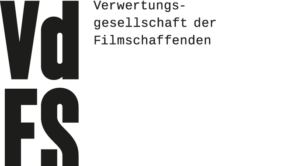„I start to create a film by doing”
Sara Piñeros, geboren 1995 in Bogotá, Kolumbien, ist Filmemacherin und Fotografin. Nach einem Filmstudium in Kolumbien studierte sie in Österreich an der Kunstuniversität Linz weiter (Zeitbasierte Medien). Sie lebt jetzt in Wien. Sara interessiert sich für die dokumentarischen Formen des Films und der analogen Fotografie. In ihren letzten Filmen arbeitet sie mit Archivmaterial und Amateurfilmen. Ihre Filme wurden vielfach auf nationalen und internationalen Festivals gezeigt. Für das Startstipendium 2023 hat Sara sich mit dem Projekt eines dokumentarischen Essays beworben: ein filmischer Briefwechsel zwischen zwei Frauen, der aus Found-Footage-Aufnahmen wie auch neu gedrehtem Filmmaterial bestehen soll.
Interessant, dass du, als du nach Österreich gekommen bist, dich für das Zeitbasierte-Medien-Studium an der Kunstuniversität Linz entschieden hast. Warum fiel deine Wahl auf Linz?
Sara Piñeros: I came to Linz for the first time in 2016 for an exchange during my bachelor studies. I had actually planned to travel to Cologne, because I had been studying German for a long time and originally applied to go there. However, plans changed and I was offered to come to Linz. Me and two other friends were the first ones to do this exchange.
After that, when I finished my bachelor’s degree, I wanted to do a master’s degree that would allow me to leave Colombia and at the same time give me some artistic freedom. The Linz University of Art seemed ideal because the studies are not strict and you have a lot of space to experiment. As I already knew Linz and had some contacts, I decided to come back in 2019.
Wann bist du eigentlich zum ersten Mal mit analogem Film in Berührung gekommen? Wurde diese Leidenschaft bereits in deinem Filmstudium in Kolumbien geweckt oder erst in Österreich?
During my exchange in Linz, I started to take 35mm and 120mm analog pictures but I did not work with analogue motion pictures. After returning from the exchange in 2017, I finished my studies in film and television at the National University of Colombia. There I took some photography classes and learned how to develop and enlarge analogue color photography by myself. From that moment on, I started to mix still images with moving images within my films. In my first two short films Imaginary Spaces (2017) and Background Noise (2019) I experimented with both while reflecting on photography as a record of what is remembered.
All this experience gathered at the Art University in Linz and at the National University of Colombia is what made me interested in analogue material. However, in Colombia it is much more difficult to find 16mm or Super 8 film material, while in Austria it has been much more accessible. It was during my master’s studies that I had the time and space to develop analogue moving images in Super 8, and only until this year I started shooting in 16mm color film, as I could find the tools and the budget to do so. It is a never-ending process, in which you are always learning and in which you always surprise yourself.
Sara am Schneidetisch bei der filmkoop wien. Im Dezember 2023 berichtete sie drei Tage lang in einem Instagram Takeover von ihren Projekten und der Arbeit mit analogem Filmmaterial. > Zu Saras FÜM Stories
Bei einem Praktikum im Österreichischen Filmmuseum bist du vor allem mit (analogen) Amateur-Filmaufnahmen in Berührung gekommen. Deine letzten Filme und auch dein neues Projekt arbeiten mit solchem Material. Was fasziniert dich an Amateur-Aufnahmen?
I like the originality and honesty with which they are made. It seems to me that they motivate those who see these images to record, to look at the world and things. Most of them seem to me to be made with a lot of dedication, with love, with a genuine interest in preserving something that is about to become extinct, about to change.
For me, these films have no pretensions other than to record and are done without any intention of being artistic. Nevertheless, a lot of them are indeed very creative or have the potential to become something more than a documentation. When I saw these films for the first time, I couldn’t stop thinking about many possible stories, links and connections between them. The images leave a lot of space for speculation and imagination if you don’t have any context of them.
On the other hand, I also like these films because they show the intimate in contrast to the public and historical. In many amateur films rituals of passage or celebrations are to be seen while historical places or events also appear. Thus, these films not only give an account of the life of an individual or a family, but also of a larger collectivity.
Worum geht es im Filmprojekt, mit dem du dich für das Startstipendium beworben hast?
Winter, Blumen, Garten is a long-length experimental documentary with fictional elements in which two women exchange film letters that cross past and present time, archival footage of amateur films is interlaced with current analog material. Yet they never meet in person, just in films.
Sara (29) finds a diary film and several film letters at the amateur department of the Austrian Film Museum, where she works. The films are made by Renate, a woman amateur filmmaker, who was active between the 1960s and 1990s. Sara and Renate start to exchange film letters throughout the film. The film acquires an essayistic dimension by raising the question of what is considered to be amateur filmmaking and what is professional, as well as what is worth to archive and what isn’t. The film reveals an emotional level when it unfolds feelings such as anger, loneliness and discomfort with the language and culture from Sara’s perspective, as she experiences living in Vienna as a Latin American immigrant woman.
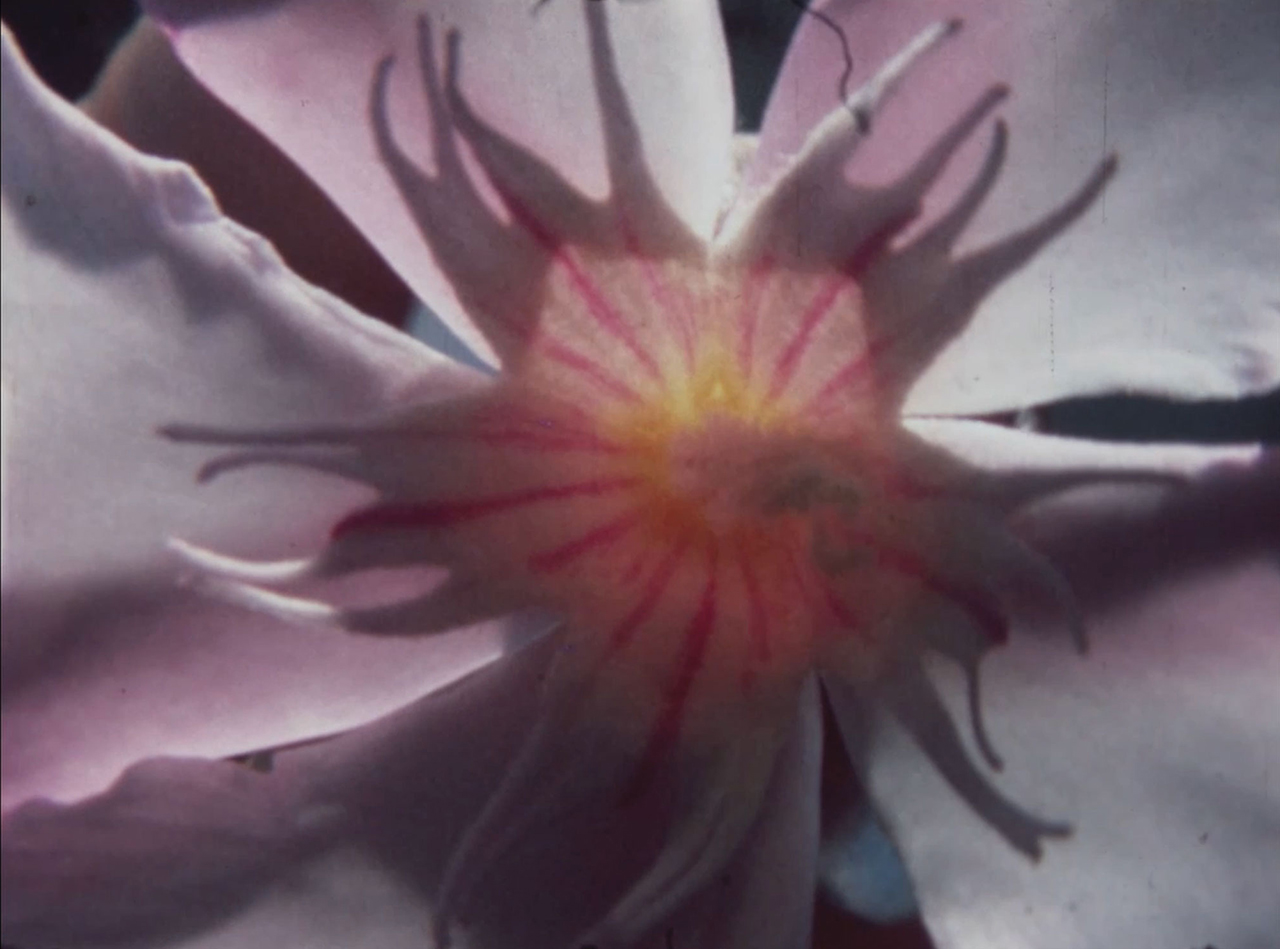
Aus dem Amateurfilme-Archiv des Österreichischen Filmmuseums, Wien: Renate Schweiger, Blattschneiderbiene (1977). © Österreichische Filmmuseum
Du hast im Rahmen des Stipendiums schon über dein Projekt gesprochen und es wirkt, als ob deine Filme sehr organisch entstehen und wachsen: Oft ausgehend von einem Bild, dann ‚wächst‘ der Film sozusagen, er wird Schritt für Schritt größer. Wie würdest du den Entstehungsprozess deiner Filme beschreiben?
I’m constantly reflecting on my work and the environment that surrounds me, which brings a lot of fertility for my ideas, experiments and projects. I start to create a film project by doing, which means that the ideas for a film or concept don’t come out of nowhere, but are slowly brewing in my head and in my universe of images until they result in something more concrete. In my everyday life I’m used to taking pictures, recording and writing and when I come back to my personal archive, I realize what subjects I’m currently interested in, what kind of images I’m looking for. I think my creative process is allied to my photographic thinking and my private life. For me it’s easier to start by imagining an atmosphere and a feeling, before thinking of a concrete story or idea.
After I find this element, that can be an image, a video, something I wrote, I reflect on it, and start to delve deeper into it. Writing helps me to discover what is this initial thought about. By writing I don’t want to define the film fully, I don’t want to plan it so much, writing is my way to communicate my ideas to others. At the same time, I film things that serve to develop that initial idea. I consider that editing exercises are as important as writing. In this way I can conceive a film in a more sensorial and aesthetic way.
In welchem Stadium befindet sich das Projekt derzeit und was wird in den nächsten Schritten die größte Herausforderung?
I have already finished writing the concept and the treatment of the film, as well as I have already calculated the costs and made the study for the possible financing of the film. Now, the first challenge will be to find the right financing or alternatively a production company. I have always worked independently but since this is a larger project, it might be better to work with a production company. The film is a bit more expensive than previous films I’ve made because everything will be shot on film and in order to use found footage you have to pay copyright fees. This means that most of the money will be spent on material.
Then, I think the biggest challenge will be during the editing process, where many new ideas may come up and the structure may take an unexpected turn. This is a film that takes much longer to edit than it does to shoot. However, this is the challenge that excites me and I enjoy the most.
Welche Filme interessieren dich oder kommen dem am nächsten, wie du Filme machst?
It depends on the project but during my career I’ve felt close to filmmakers like Marguerite Duras, Chantal Akerman, Chris Marker, Trinh Minh-ha and Jonas Mekas. I always felt I can relate to their practice, their work was pioneering in many regards and paved the way for future filmmakers who did not want to make conventional films.
Nevertheless, lately I’m mostly interested in contemporary nonfiction filmmakers like Anna Vaz, Jessica Sarah Rinland, Laura Huertas Millán and Jorge Jácome. All of them inspire me to make films that are innovative, where you invent your own rules within dramaturgy, films that reflect on film itself, that are empathic, sensitive, haptic, colourful and playful.




